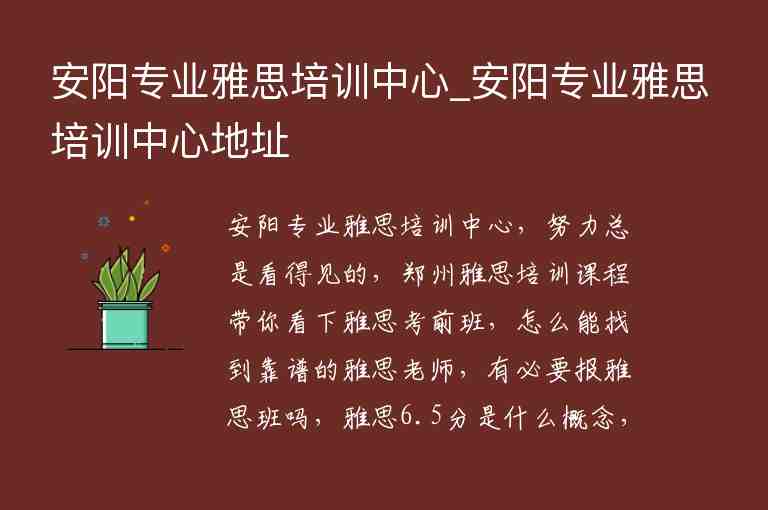cushion一词可以作为名词和动词使用,其意思为“垫子”或“缓冲”,常用于描述柔软的物体来提供支撑或减轻压力。它也可以用作动词,表示“缓冲”或“保护”。
怎么读(音标)
cushion的音标为[kʊʃən]。
用法
1. 作名词时,cushion通常指柔软的垫子,如沙发垫、座垫、枕头等。
2. 作动词时,cushion常用于描述某物对另一物的保护或缓冲作用。
例句1-5句且中英对照
1. She put a cushion behind her back to make the chair more comfortable.(她在背后放了一个垫子让椅子更舒适。)
2. The airbag in the car acted as a cushion and protected the driver during the crash.(汽车里的气囊起到了缓冲作用,在碰撞中保护了驾驶员。)
3. He used his savings as a cushion to help him through tough times.(他把存款当作缓冲来帮助自己度过艰难时期。)
4. The company decided to cushion the blow of layoffs by offering severance packages to affected employees.(公司决定通过向受影响员工提供遣散补偿来减轻裁员带来的冲击。)
5. The soft sand acted as a cushion when he jumped off the cliff.(当他从悬崖跳下时,柔软的沙子起到了缓冲作用。)
同义词及用法
1. pad:作名词时,意为“垫子”,常用于描述较厚的垫子;作动词时,意为“填塞”或“加上垫子”。
例句:She put a thick pad on the seat to make it more comfortable.(她在座位上放了一个厚厚的垫子让它更舒适。)
2. pillow:作名词时,意为“枕头”,常用于描述用于睡眠的柔软物体。
例句:He fluffed up his pillow before going to bed.(他在睡觉前把枕头拍松了。)
3. buffer:作名词时,意为“缓冲器”,常用于描述起到缓冲作用的物体;作动词时,意为“缓和”或“减轻”。
例句:The buffer on the door prevented it from slamming shut.(门上的缓冲器防止它砰地关上。)
编辑总结
cushion一词具有多义性,在不同语境中可以表示不同含义。作为名词,它通常指柔软的垫子,可以用于提供支撑、保护或缓冲作用;作为动词,它可以描述缓冲、保护或减轻压力的行为。在使用时,需要根据具体语境来理解其含义。
